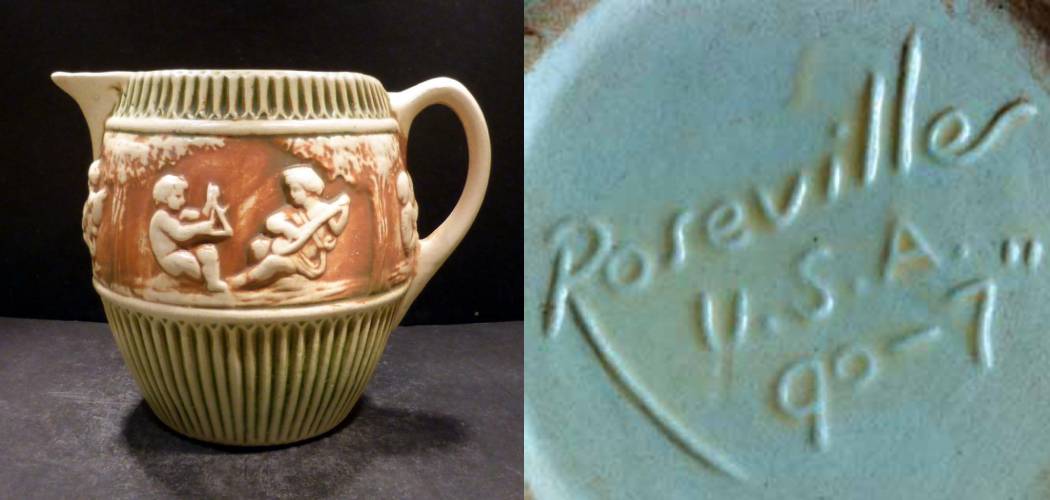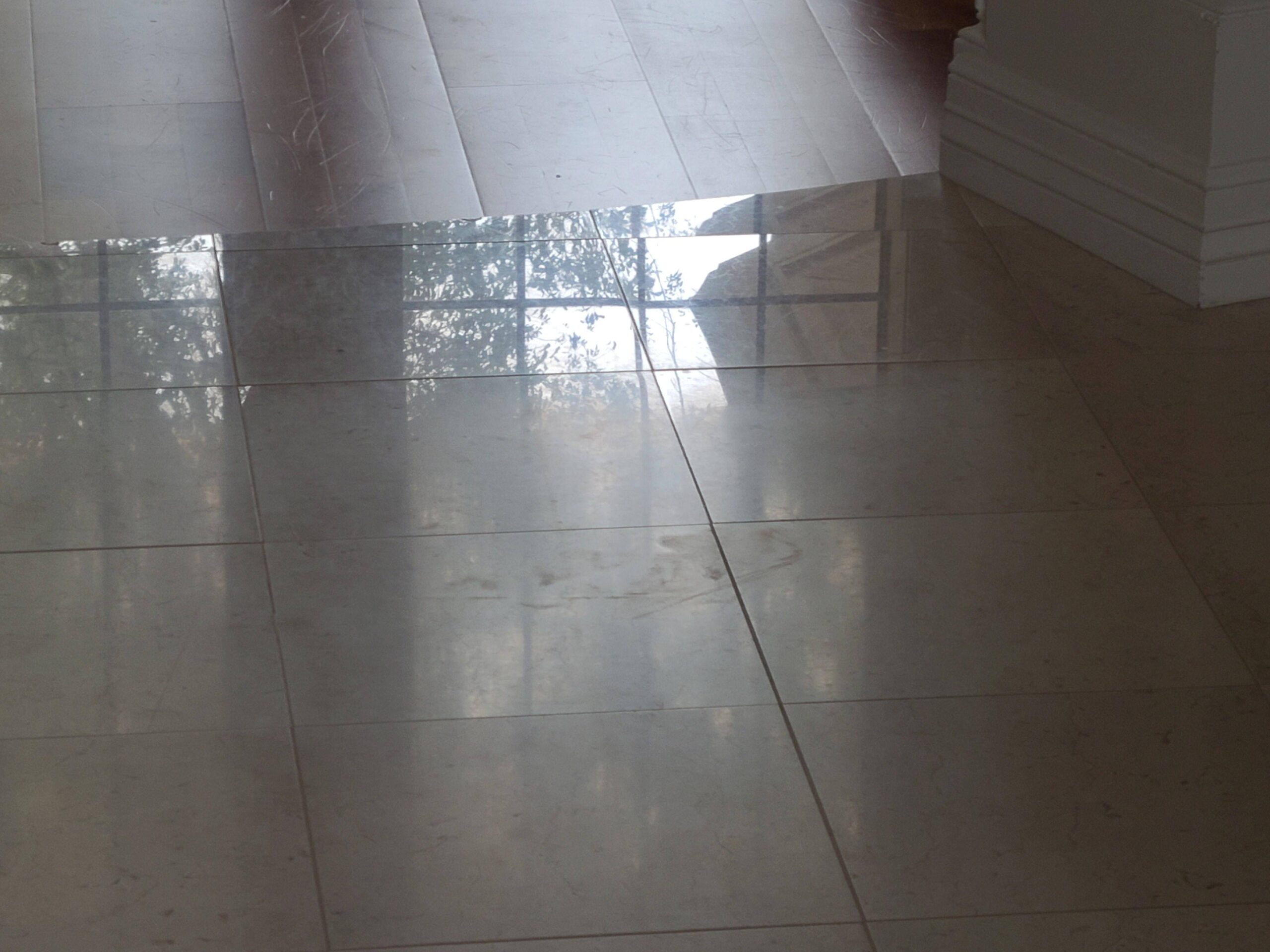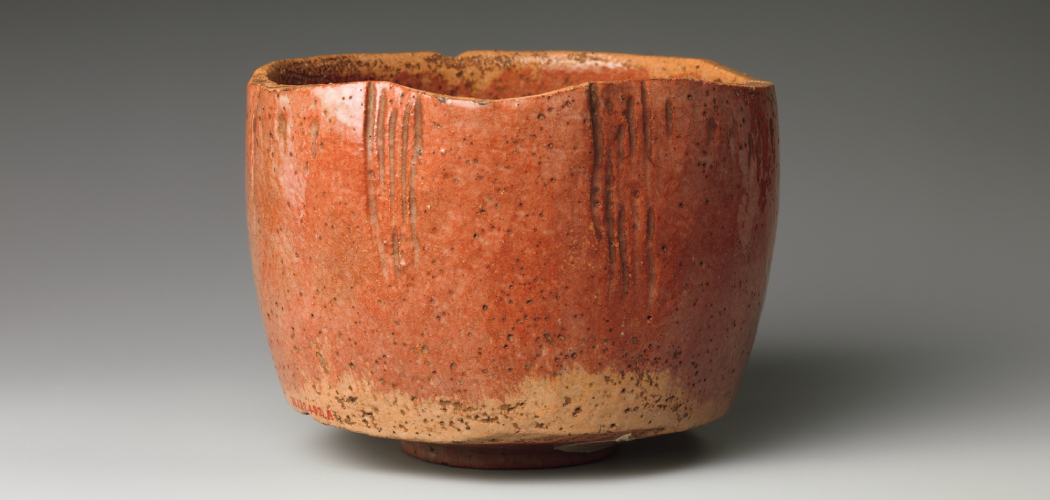Are you a collector who loves the look and charm of handcrafted pottery but don’t know how to determine if a piece is authentic? Or maybe you are an artist looking to find out who crafted a particular piece of pottery that has caught your eye.
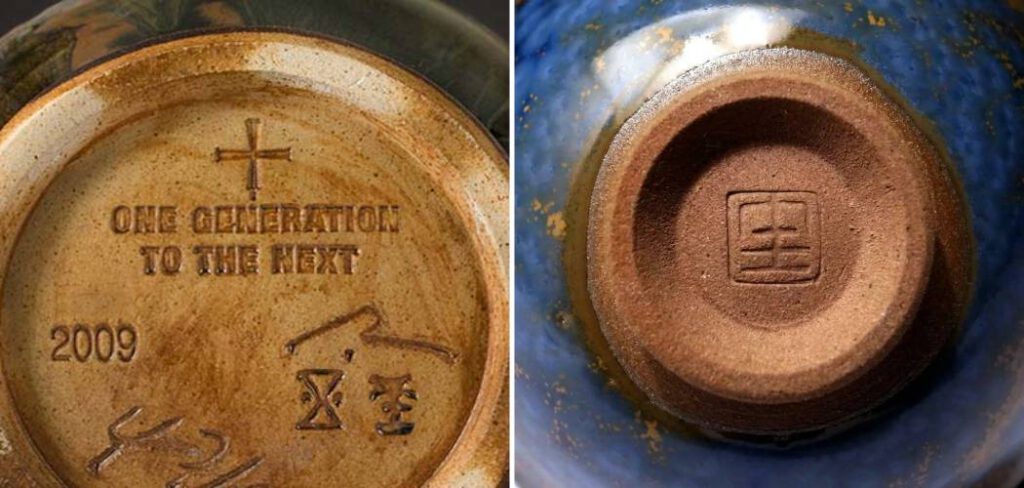
Learning how to identify an artist signature on pottery can help shine a light on these questions and provide insight into the true value of any given piece. Join us as we explore what information lies behind those seemingly small details and uncover how they can significantly increase their worth.
To identify an artist’s signature on pottery, carefully examine the base or bottom of the piece for a distinct signature or mark, often including the artist’s name or initials, which may be engraved, stamped, painted, or incised into the pottery’s surface. Additionally, consult reference books, online databases, or art experts to cross-reference the signature with known artists and their styles.
Table of Contents
What Do the Letters Mean on the Bottom of Pottery?
The letters on the bottom of pottery can tell you a lot about an item. For example, the letters “USA” indicate that the pottery was made in the United States, while the initials “RL” could mean the piece was made by Rose Leverne from Redding, California. Knowing what these markings mean is essential for identifying the maker of a piece and its age. The most common markings found on pottery are the artist’s initials or signature.
Most makers put their initials on their pottery before firing it in the kiln. These initial markings may be simple letters like “RL” or more elaborate with names such as “Rose Leverne.” Other marks may include symbols and numbers that indicate the year the pot was made. You can also look for other symbols that may have been added after firing, such as a company logo or an impressed mark from a rubber stamp.
When looking at initial markings, keep an eye out for any irregularities that could indicate it has been repaired or altered in some way. To identify an artist’s signature, you should also compare the mark to the known signatures of the maker. Many artists have a distinct marking style that can help you identify them.
Identifying an artist’s signature on pottery can be tricky, but with enough research and practice it is possible to accurately date and identify pieces. With this knowledge, you can add more valuable information to your collection or even find rare historical artifacts. Knowing how to identify an artist’s signature will make your antique pottery collecting experience much more rewarding!
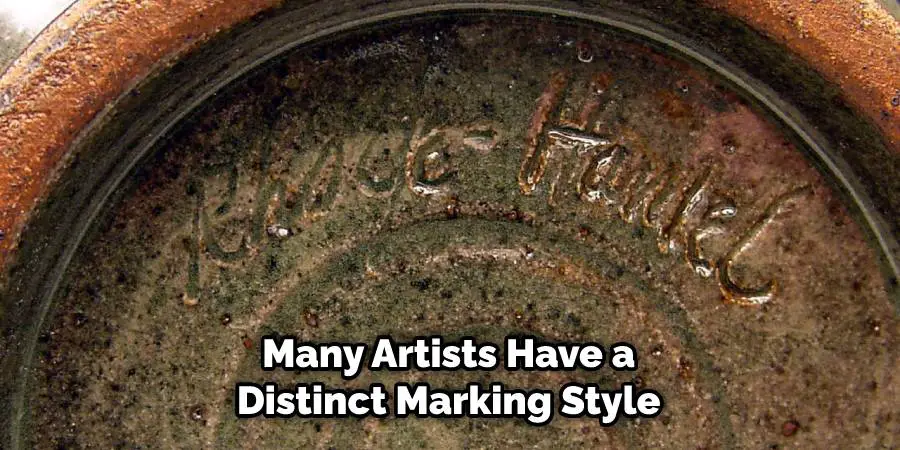
10 Methods How to Identify an Artist Signature on Pottery
1. Look for a Stamp:
Many artists will stamp their signatures on their pottery. This can be a simple initials stamp or a more elaborate logo. Stamps are often found on the base of the pottery piece. If you find a stamp, use the internet to research who it might belong to.
However, there are some instances where the stamp might belong to the company or store that sold the piece and not to the artist. If there is no stamp, move on to the next steps. Although, it is important to note that some artists choose not to stamp their work.
2. Look for a Signature:
Many artists will sign their names directly on the pottery. This can be done in pencil, ink, or even carved into clay. If you find the signature on the piece, it can tell you who created it. Check for any unusual marks, symbols, or shapes that may be part of the signature. This can help you identify who created the piece. To be sure, you can look up the artist or their work online to see if it matches.
3. Look for an Inscription:
In addition to a signature, many artists will inscribe their pottery with a message or quote. This can be done in pencil, ink, or even carved into clay. Inscribing pottery is a great way to identify the work of a particular artist. It can also be used to date the piece since many artists will use the same inscription for a certain period of time.
Inscriptions on pottery can sometimes be subtle, so it’s important to examine each piece closely. If you have access to a microscope or magnifying glass, this can be helpful in identifying inscriptions that may be small or hard to see with the naked eye.
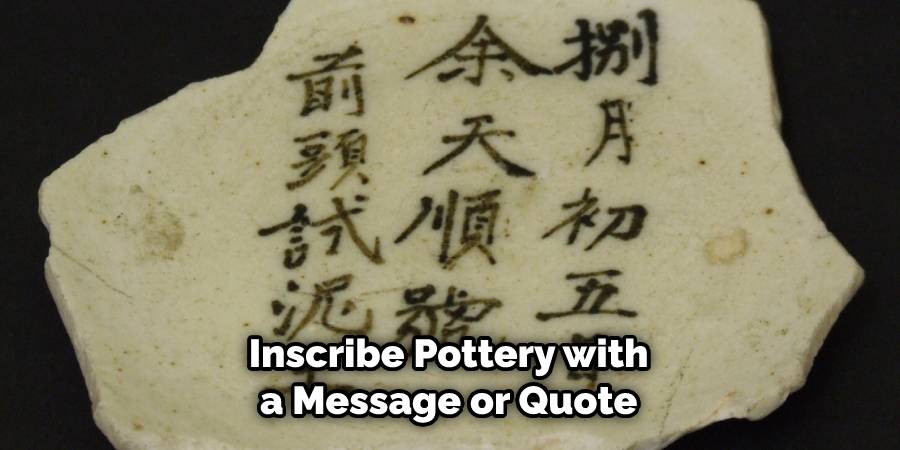
4. Look for a Date:
In addition to a signature and/or inscription, many artists will date their pottery. This can be done in pencil, ink, or even carved into clay. The dating of the piece can be a great way to narrow down who made it. If the date does not match up with when the artist was working, it may be a fake.
Additionally, if there is no date on the piece, it can also be an indication that it may not be authentic. It is important to remember that not all artists date their pieces, so the absence of a date does not necessarily mean something is fake.
5. Look for Initials:
In addition to a signature and/or inscription, many artists will initial their pottery. This can be done in pencil, ink, or even carved into clay. If you see initials, it’s a good indicator that the piece is an original work of art. Be aware, however, that some manufacturers mark their products with initials or other symbols.
If the initials are repeated on multiple pieces of pottery and appear to be identical, it could be a manufacturer’s mark. To verify an artist’s signature, compare initials on multiple pieces of pottery to see if there are slight variations in size or shape.
6. Look for Symbols:
In addition to a signature or inscription, many artists will use symbols to mark their pottery. These symbols can range from an artist’s initials or a family crest to a symbol associated with the region in which the piece was made.
To identify these symbols, it is important to familiarize yourself with the local culture and art of the region in which the pottery was made. Local museums, galleries, and libraries are great resources for learning more about the symbols used by pottery artists in a particular area.
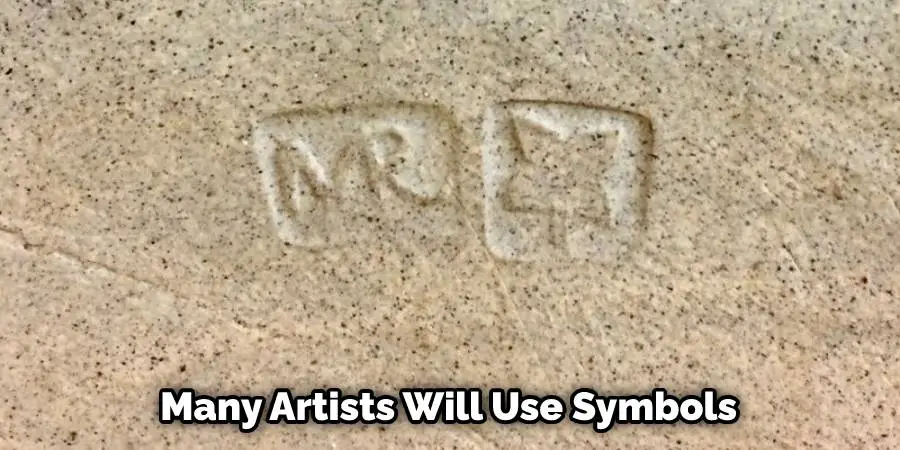
7. Look for Color:
Many artists use color to sign their pottery. This can be done with paint, glaze, or even by adding colored clay to the piece itself. If you see color on the pottery, it’s a good indicator that it was made by an artist. Be sure to inspect the entire piece, as some signatures may be small and easy to miss.
8. Look for Texture:
In addition to color, many artists use texture to sign their pottery. This can be done by adding raised elements to the surface of the clay or by carving into the surface of the piece itself. Pay close attention to the pottery and look for any patterns or textures that might be part of the artist’s signature.
This can range from simple lines or circles to more intricate carvings and shapes. If the artist has used a glaze, the raised elements will be preserved in the finished pottery.
9. Look for Patterns:
In addition to texture and color, many artists use patterns to sign their pottery. This can be done by adding repeating elements to the surface of the clay or by carving into the surface of the piece itself. Be sure to look closely at the design of the piece in order to find any repeating patterns.
Many artists will use their initials, symbols, or entire names as repeating patterns. Pay special attention to the edges or rims of a piece, as this is a common place for artists to leave their signature.
10. Look at Overall Quality:
Generally speaking, if you see the poor quality in terms of symmetry, cracks, unevenness, and so forth, the piece was likely not made by an artist. If it looks as if it has been crafted with care, is well-glazed and fired, and has an attractive glaze, chances are the piece was made by an artist. If the glaze is thick and heavy, chances are it was mass-produced with a machine or press.

Things to Consider When Identifying Artist Signature on Pottery:
1. Look for Inconsistencies in the Signature.
An authentic artist’s signature should be repeated in the same style and format across multiple pieces of artwork. If the signature is inconsistent, or if it appears to be different on various pieces, then it may not be authentic.
2. Check the Date and Location of Creation.
Many older pottery pieces will include a date and location with the artist’s signature. The information should correspond with the style and age of the piece.
3. Look for Other Markings that Identify the Maker or Owner.
Many pottery pieces have additional marks which can help in identifying who created them. These could include initials, monograms, stamps, or symbols from professional organizations such as ceramic guilds or unions at the time of production.
4. Examine Accompanying Documentation when Available.
Documents like certificates of authenticity labels attached to pieces or even newspaper clippings can provide additional information about the pottery and its creator.
Conclusion:
Ultimately, being able to properly identify and recognize an artist’s signature can bring us one step closer to unlocking the mystery behind each artwork’s evolution. Whether you seek out that specific knowledge for your own collection or just for enjoyment, now that you know how to identify an artist signature on pottery—it’s up to you! Let your interest in artwork be your guide as you discover new works from local makers or go deeper into finding unique pieces from around the world.
